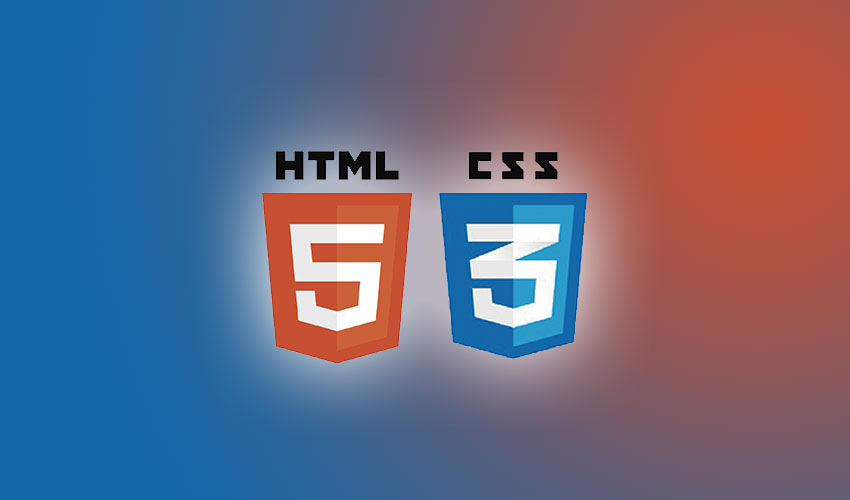Summary of examples of javascript implementation of A* algorithm
This article mainly introduces the use of JavaScript to implement the eight-digit heuristic A* algorithm animation effect on web pages. Friends in need can refer to the recent artificial intelligence class teacher assigned an eight-digit experiment. I have seen many eight-digit inspirations on the Internet. Formula A* algorithm, but most of them are implemented on the console using C or C++, so I used js to make a similar one on the web page. First of all, the eight-digit number is a nine-square grid, with one space in it, and the other eight corresponding numbers 1-8. Move the spaces so that the final state is in order, as shown below. The heuristic algorithm refers to using a heuristic function to solve the problem that does not comply with the rules. The solution nodes are removed to reduce the solution space of the problem. The A* algorithm is a heuristic algorithm that uses an evaluation function. In this example, the number of grids that differ between the current node state and the final node state is used to evaluate the quality of the node. The superior nodes are stored and expanded later, and the inferior nodes are discarded. . To achieve this using the web, first add nine input text boxes as shown in the figure in the html. The background image is a digital grid. The page code is 1. Introduction to the graphic code that uses JavaScript to implement the eight-digit heuristic A* algorithm animation effect on web pages

Introduction: This article mainly introduces the use of JavaScript to implement the eight-digit heuristic A* algorithm animation effect on web pages. Friends in need can refer to it
2. HTML5+A* algorithm to implement code sharing for game pathfinding

##Introduction: Function description: A pathfinding demo completed by combining the A* algorithm and HTML5. Click any location on the map, and the bird will find the shortest distance to reach the location
Introduction: The previous chapter talked about the use of the A star algorithm in cocos2dx. This chapter talks about A* combined with tiledmap. Let’s take a look first. The rendering is a bit ugly, bear with it. The green blocks represent the walking route of the character (the result of the A* algorithm). The red part represents the points searched by the A* algorithm (the fewer, the faster the speed). The black part (actually colorless) block, because the background is black) represents the obstacle. This picture is
Introduction: Copy the header file and source file to the project and you can use it! have fun using cocos2dx 3.2 The principles are the same. The light blue points are the map. The dark blue points are obstacles. The green points are the paths. The dark green points are search. The red points that have been passed are the points that are walked according to the path. The dijkstra algorithm will find the shortest path, but there are many paths that have been searched (the calculation speed is slow). The best
[Related Q&A recommendations ]:
java - The graph of the data structure requires some specified edges to find the optimal solution?
The above is the detailed content of Summary of examples of javascript implementation of A* algorithm. For more information, please follow other related articles on the PHP Chinese website!

Hot AI Tools

Undresser.AI Undress
AI-powered app for creating realistic nude photos

AI Clothes Remover
Online AI tool for removing clothes from photos.

Undress AI Tool
Undress images for free

Clothoff.io
AI clothes remover

Video Face Swap
Swap faces in any video effortlessly with our completely free AI face swap tool!

Hot Article

Hot Tools

Notepad++7.3.1
Easy-to-use and free code editor

SublimeText3 Chinese version
Chinese version, very easy to use

Zend Studio 13.0.1
Powerful PHP integrated development environment

Dreamweaver CS6
Visual web development tools

SublimeText3 Mac version
God-level code editing software (SublimeText3)

Hot Topics
 1658
1658
 14
14
 1415
1415
 52
52
 1309
1309
 25
25
 1257
1257
 29
29
 1231
1231
 24
24
 Demystifying JavaScript: What It Does and Why It Matters
Apr 09, 2025 am 12:07 AM
Demystifying JavaScript: What It Does and Why It Matters
Apr 09, 2025 am 12:07 AM
JavaScript is the cornerstone of modern web development, and its main functions include event-driven programming, dynamic content generation and asynchronous programming. 1) Event-driven programming allows web pages to change dynamically according to user operations. 2) Dynamic content generation allows page content to be adjusted according to conditions. 3) Asynchronous programming ensures that the user interface is not blocked. JavaScript is widely used in web interaction, single-page application and server-side development, greatly improving the flexibility of user experience and cross-platform development.
 The Evolution of JavaScript: Current Trends and Future Prospects
Apr 10, 2025 am 09:33 AM
The Evolution of JavaScript: Current Trends and Future Prospects
Apr 10, 2025 am 09:33 AM
The latest trends in JavaScript include the rise of TypeScript, the popularity of modern frameworks and libraries, and the application of WebAssembly. Future prospects cover more powerful type systems, the development of server-side JavaScript, the expansion of artificial intelligence and machine learning, and the potential of IoT and edge computing.
 JavaScript Engines: Comparing Implementations
Apr 13, 2025 am 12:05 AM
JavaScript Engines: Comparing Implementations
Apr 13, 2025 am 12:05 AM
Different JavaScript engines have different effects when parsing and executing JavaScript code, because the implementation principles and optimization strategies of each engine differ. 1. Lexical analysis: convert source code into lexical unit. 2. Grammar analysis: Generate an abstract syntax tree. 3. Optimization and compilation: Generate machine code through the JIT compiler. 4. Execute: Run the machine code. V8 engine optimizes through instant compilation and hidden class, SpiderMonkey uses a type inference system, resulting in different performance performance on the same code.
 JavaScript: Exploring the Versatility of a Web Language
Apr 11, 2025 am 12:01 AM
JavaScript: Exploring the Versatility of a Web Language
Apr 11, 2025 am 12:01 AM
JavaScript is the core language of modern web development and is widely used for its diversity and flexibility. 1) Front-end development: build dynamic web pages and single-page applications through DOM operations and modern frameworks (such as React, Vue.js, Angular). 2) Server-side development: Node.js uses a non-blocking I/O model to handle high concurrency and real-time applications. 3) Mobile and desktop application development: cross-platform development is realized through ReactNative and Electron to improve development efficiency.
 Python vs. JavaScript: The Learning Curve and Ease of Use
Apr 16, 2025 am 12:12 AM
Python vs. JavaScript: The Learning Curve and Ease of Use
Apr 16, 2025 am 12:12 AM
Python is more suitable for beginners, with a smooth learning curve and concise syntax; JavaScript is suitable for front-end development, with a steep learning curve and flexible syntax. 1. Python syntax is intuitive and suitable for data science and back-end development. 2. JavaScript is flexible and widely used in front-end and server-side programming.
 How to Build a Multi-Tenant SaaS Application with Next.js (Frontend Integration)
Apr 11, 2025 am 08:22 AM
How to Build a Multi-Tenant SaaS Application with Next.js (Frontend Integration)
Apr 11, 2025 am 08:22 AM
This article demonstrates frontend integration with a backend secured by Permit, building a functional EdTech SaaS application using Next.js. The frontend fetches user permissions to control UI visibility and ensures API requests adhere to role-base
 From C/C to JavaScript: How It All Works
Apr 14, 2025 am 12:05 AM
From C/C to JavaScript: How It All Works
Apr 14, 2025 am 12:05 AM
The shift from C/C to JavaScript requires adapting to dynamic typing, garbage collection and asynchronous programming. 1) C/C is a statically typed language that requires manual memory management, while JavaScript is dynamically typed and garbage collection is automatically processed. 2) C/C needs to be compiled into machine code, while JavaScript is an interpreted language. 3) JavaScript introduces concepts such as closures, prototype chains and Promise, which enhances flexibility and asynchronous programming capabilities.
 Building a Multi-Tenant SaaS Application with Next.js (Backend Integration)
Apr 11, 2025 am 08:23 AM
Building a Multi-Tenant SaaS Application with Next.js (Backend Integration)
Apr 11, 2025 am 08:23 AM
I built a functional multi-tenant SaaS application (an EdTech app) with your everyday tech tool and you can do the same. First, what’s a multi-tenant SaaS application? Multi-tenant SaaS applications let you serve multiple customers from a sing




